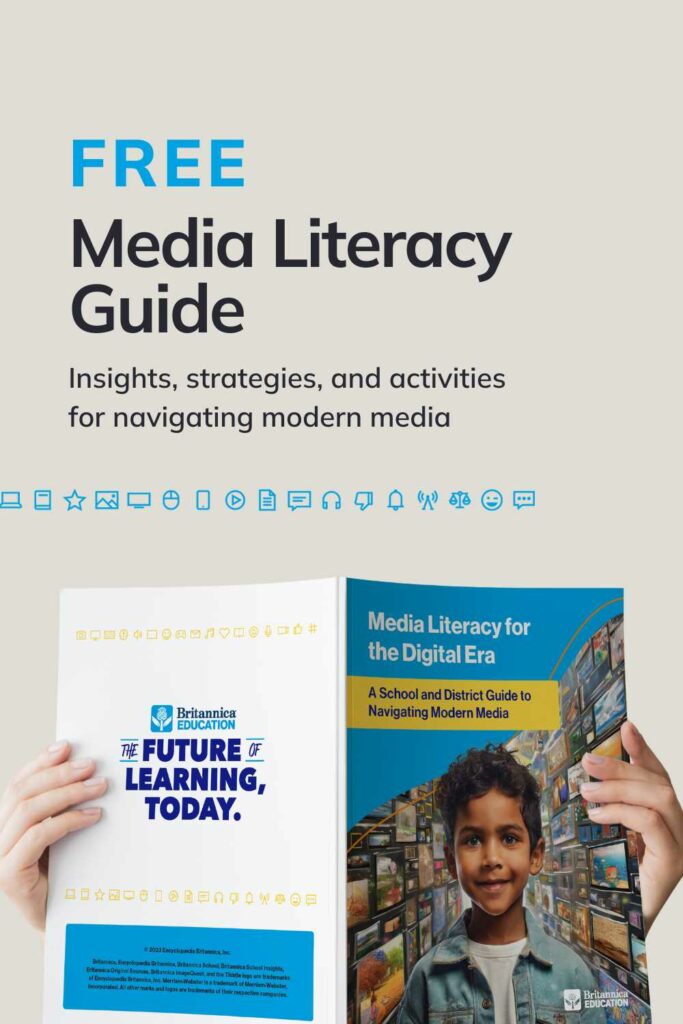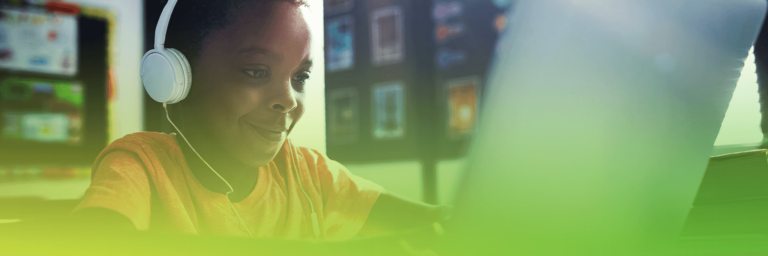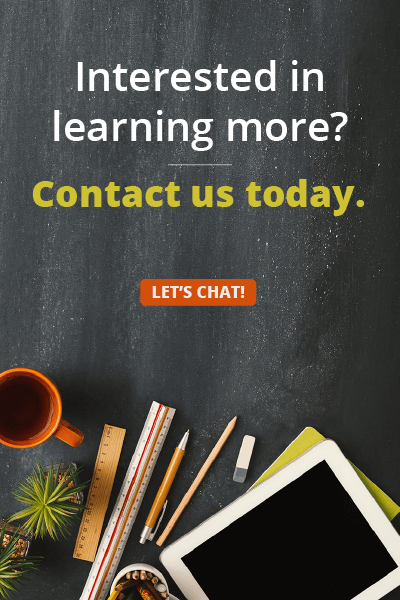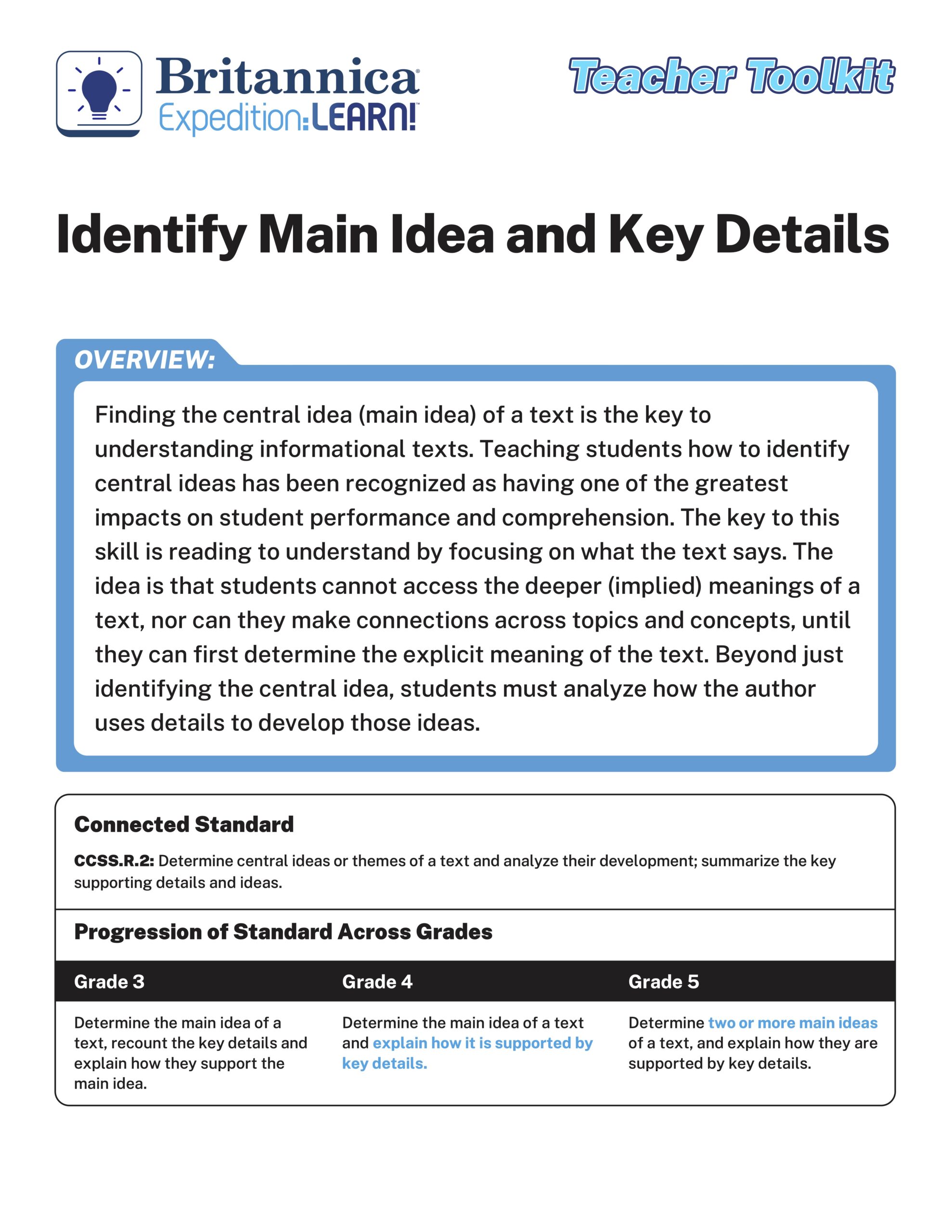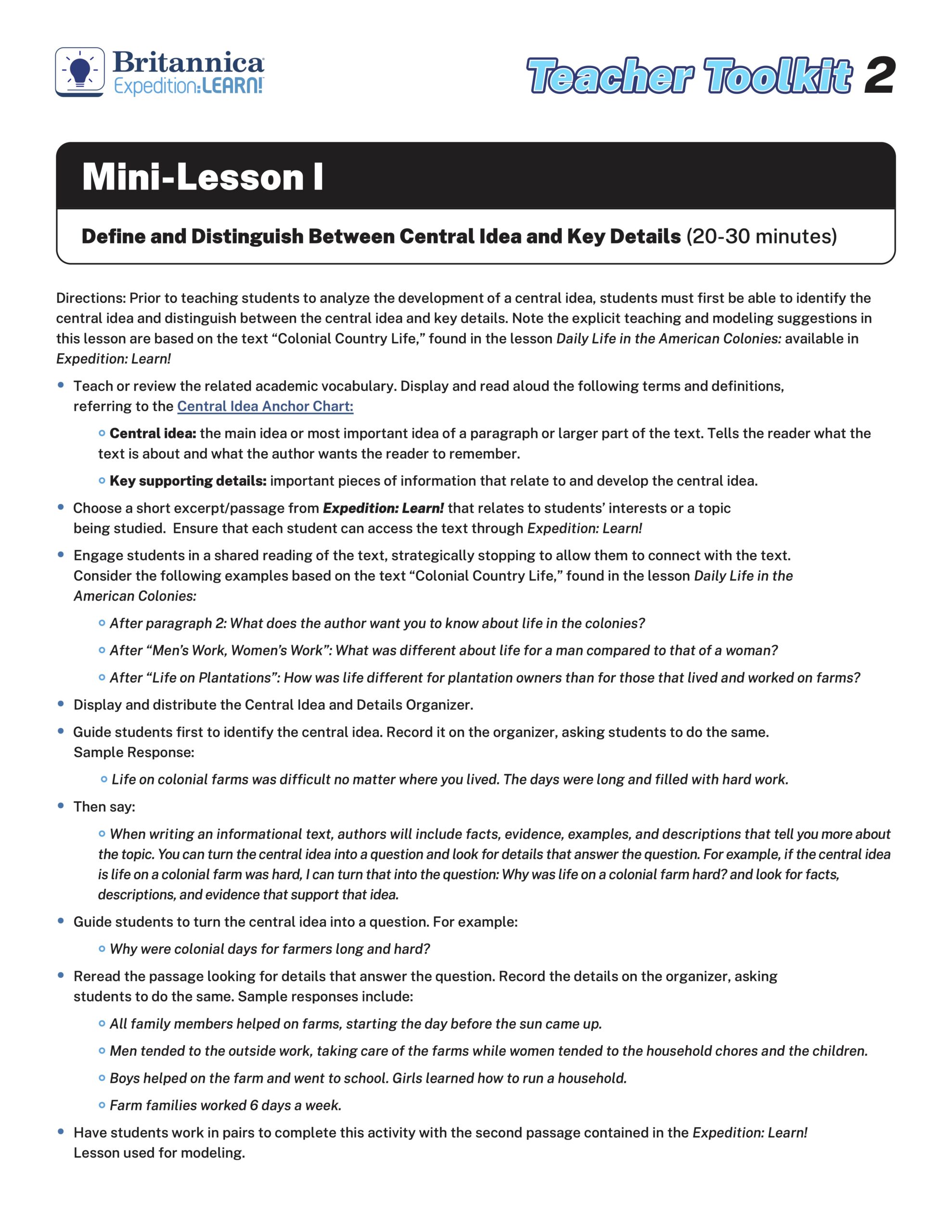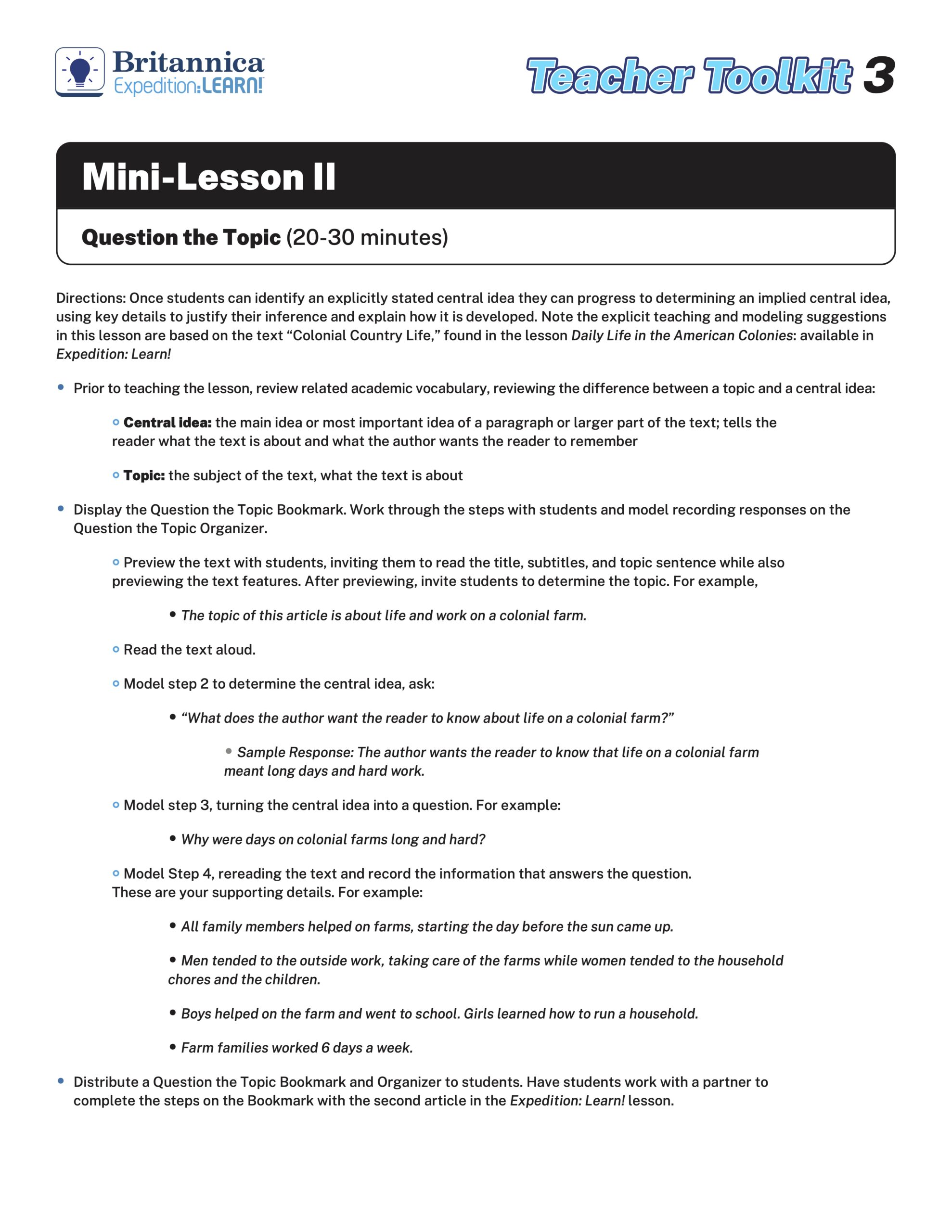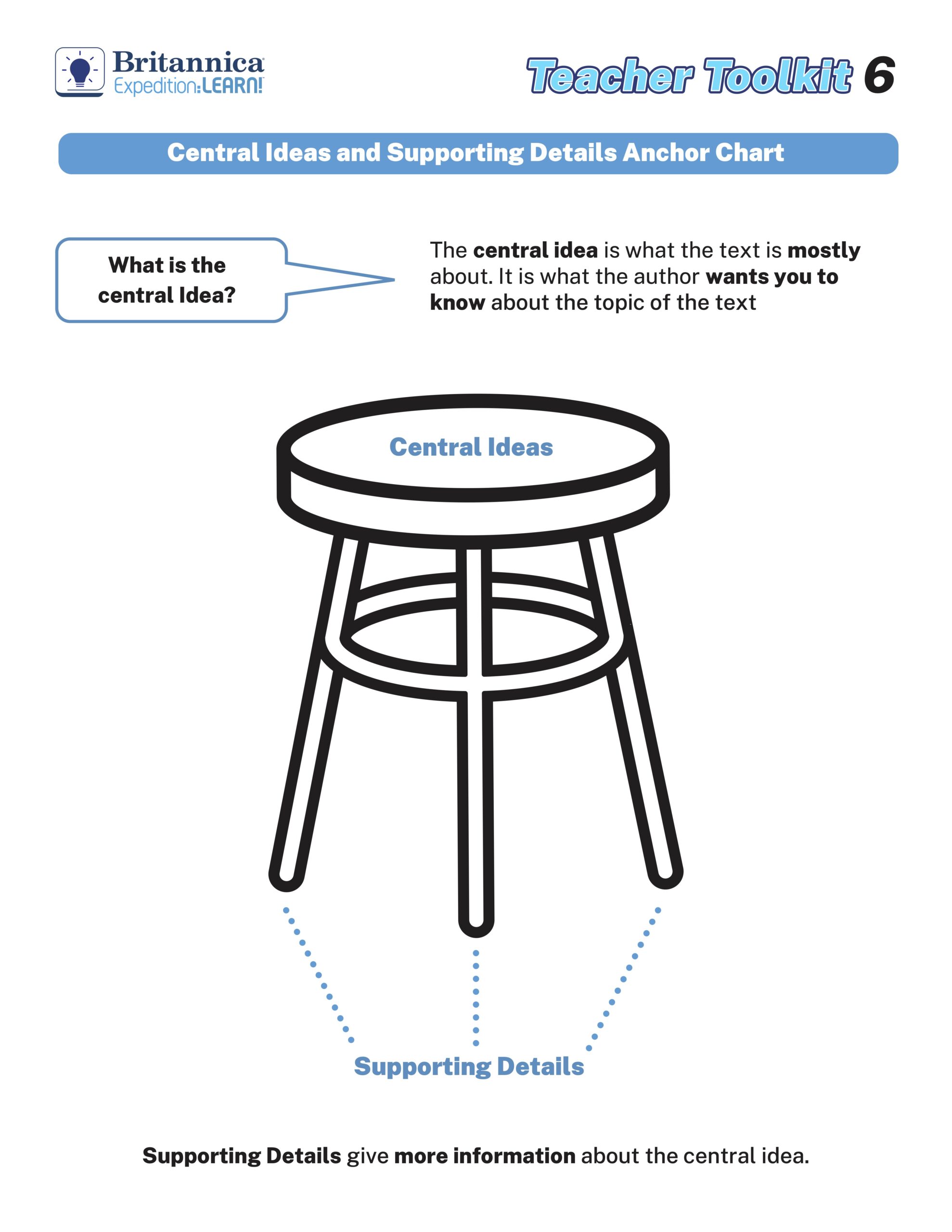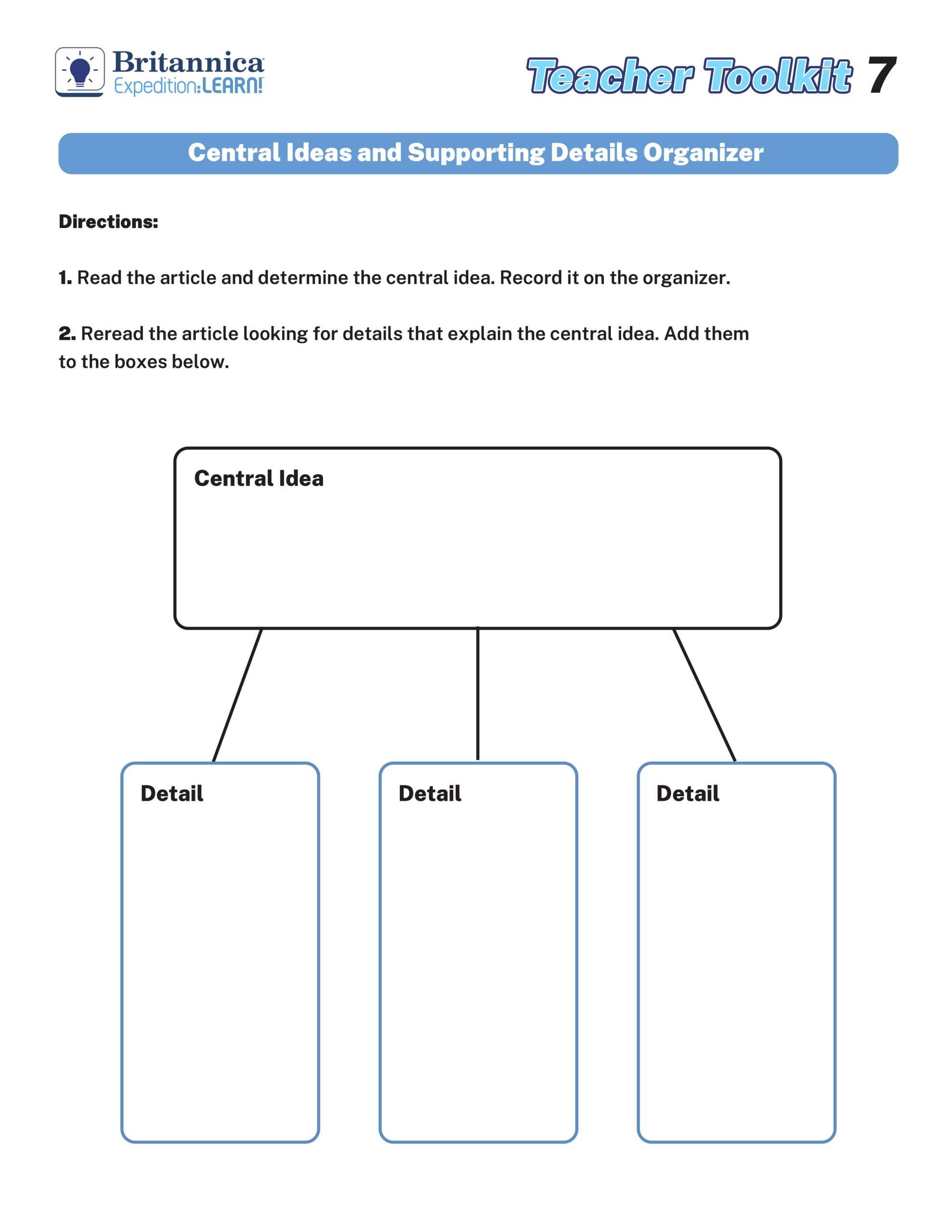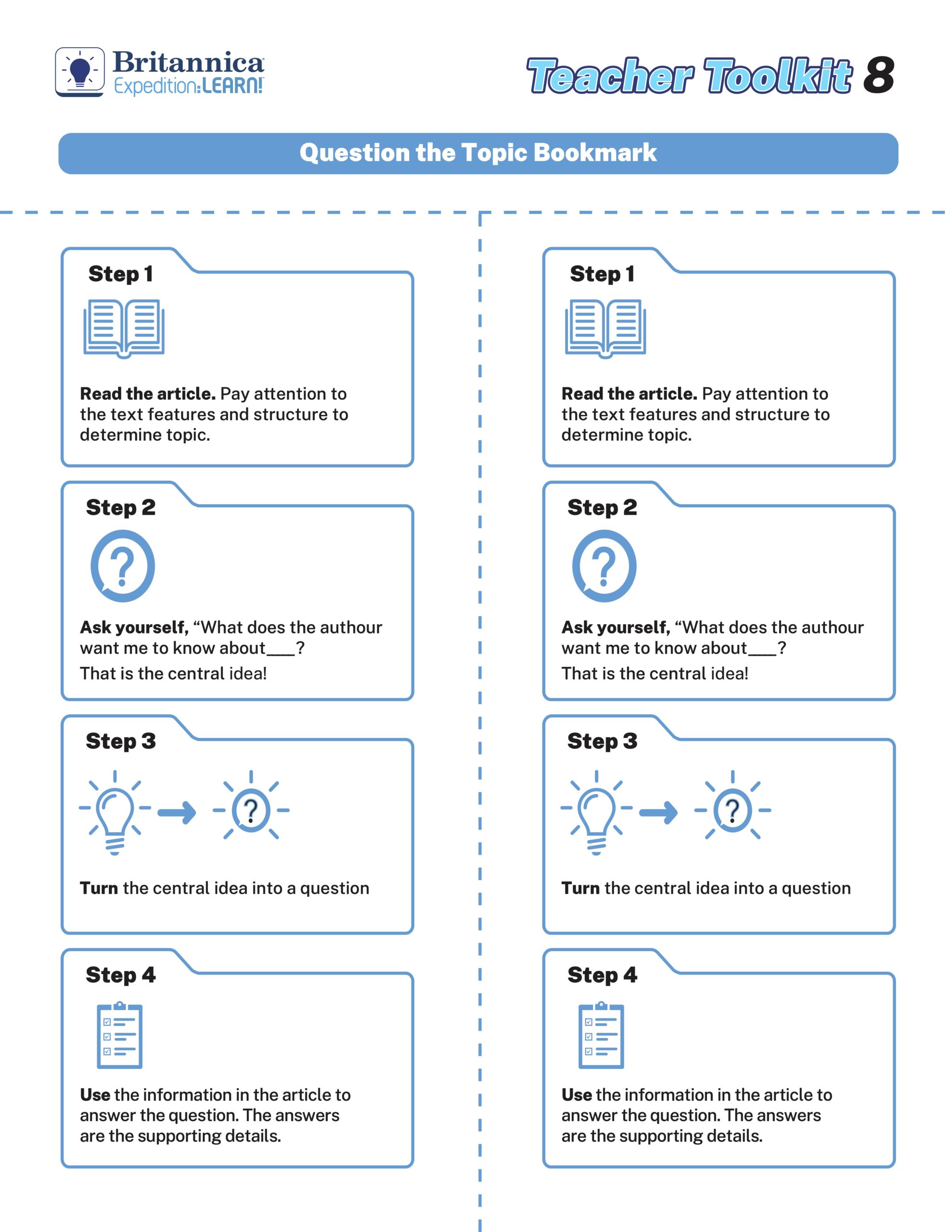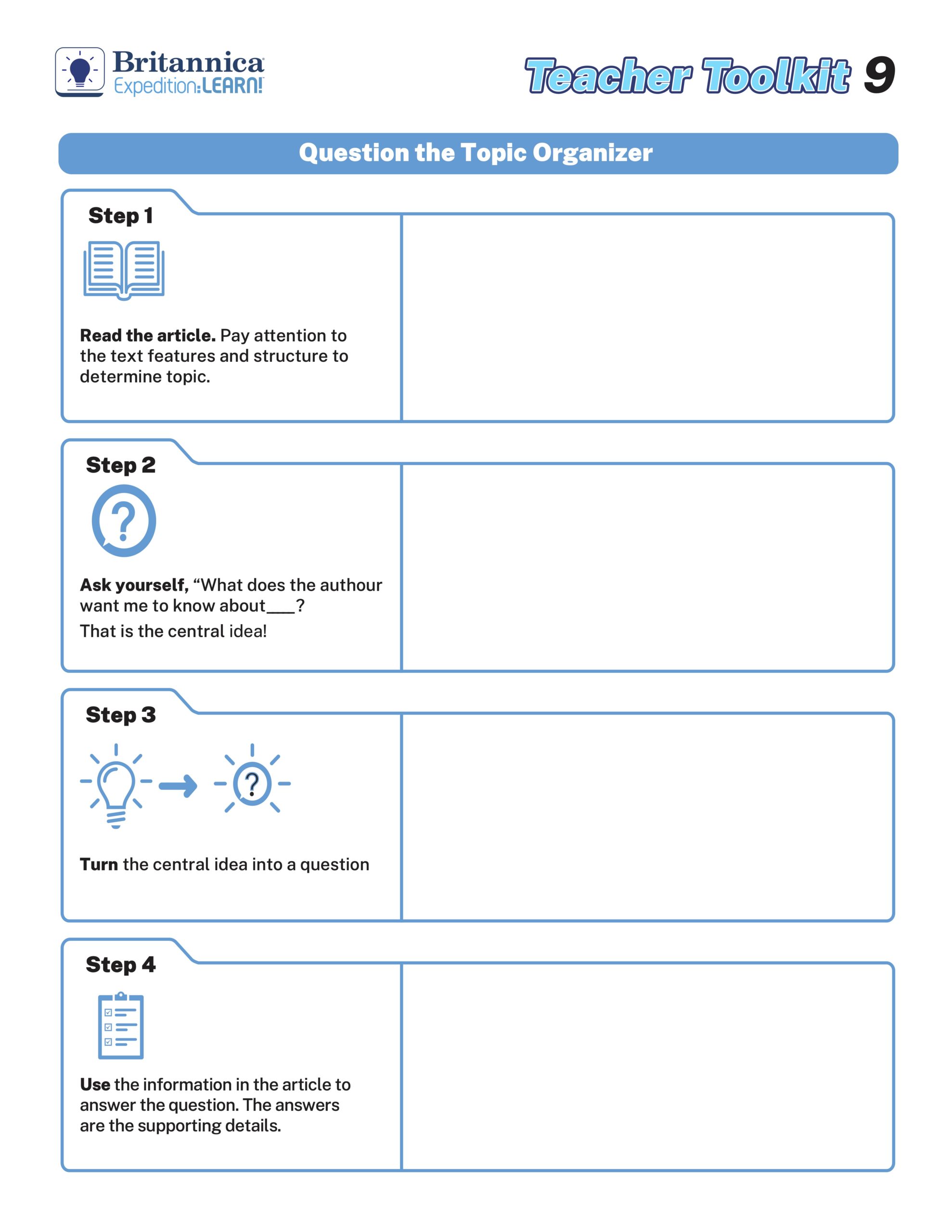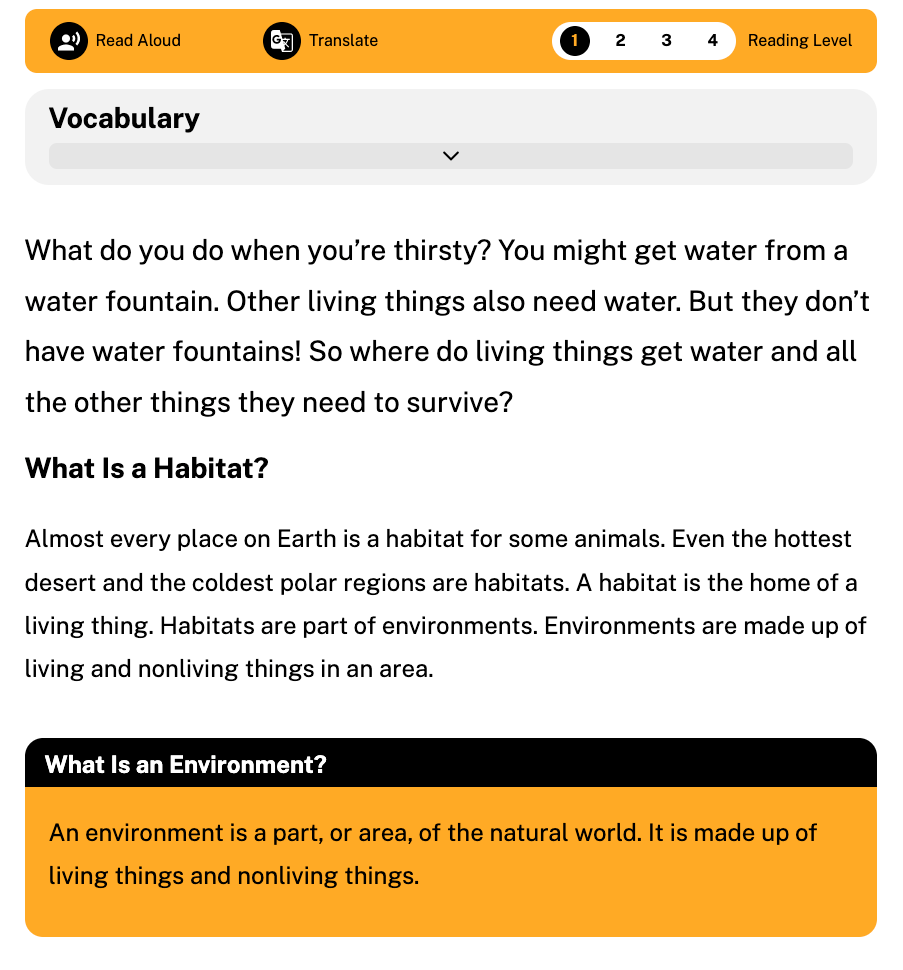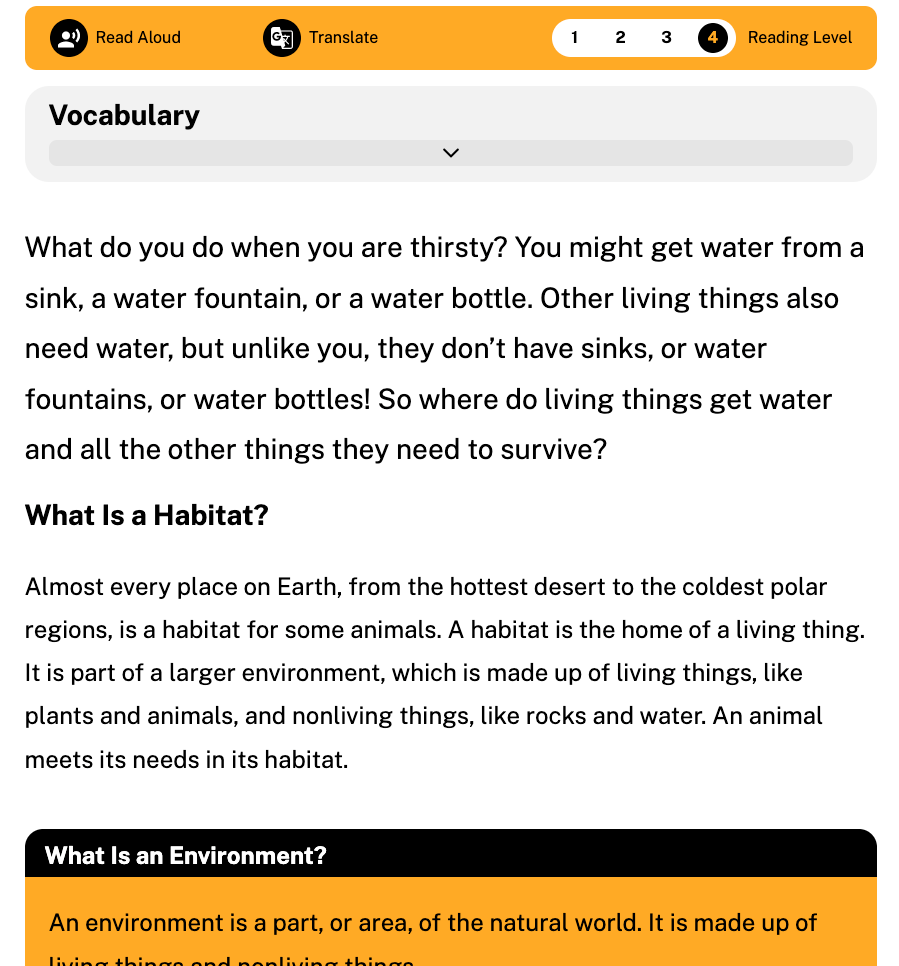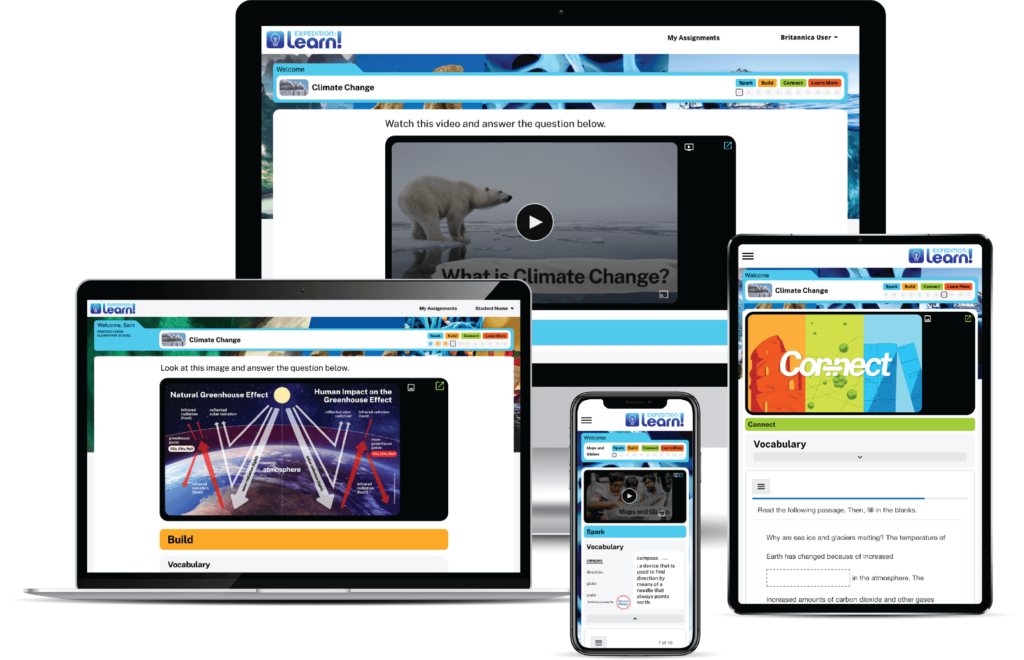Our goal at Britannica Education is to support districts and schools as you implement your SEL initiatives by providing guidance to seamlessly integrate SEL into everyday academic instruction. Together, we will work with you to develop a customized crosswalk between academic and SEL goals that will help you achieve a true integrative approach to Social Emotional Learning.
Why Is Integrating SEL important?
Integrating SEL skills and competencies throughout a variety of student learning experiences is much more effective than teaching them in isolation. Teaching in this way gives students multiple opportunities to practice the skills in different settings, increasing their ability to make connections and apply the skills in their everyday lives.
In our previous post in this series, we shared a plan for integrating the Self-Management competency into a Social Studies lesson. Continuing the series, let’s take a look at how to plan an ELA lesson that integrates the CASEL skill of Social Awareness.
Identify and explain the SEL competency: Social Awareness
When introducing the lesson to your class, explain that you’ll be focusing on Social Awareness in this lesson and explain why this is important.
Social Awareness is the ability to understand the perspectives of and empathize with others, including those from diverse backgrounds, cultures, and contexts. This includes the capacities to feel compassion for others, to understand broader historical and social norms for behavior in different settings, and to recognize family, school, and community resources and support. (CASEL, 2021).
When you explain the SEL competency and why it’s important, students can focus on practicing those skills throughout the lesson. It also sets them up to reflect on how they connect the skills to other concepts and helps them understand how they might use the competency in other areas of their lives.
Introduce lesson topic: Increasing Social Awareness Through Multimedia
Using multimedia in your lessons integrates well with teaching Social Awareness skills. Through the exploration of images and videos, students can see the importance of understanding the perspectives of others across different settings, while empathizing and demonstrating compassion and understanding with them.
Identify lesson objectives
Identifying and explaining SEL-related lesson objectives helps students understand expectations. For this lesson, these objectives might include:
- Taking others’ perspectives
- Recognizing strengths in others
- Demonstrating empathy and compassion
- Showing concern for the feelings of others
- Understanding and expressing gratitude
- Identifying diverse social norms, including unjust ones
- Recognizing situational demands and opportunities
- Understanding the influences of organizations and systems on behavior
(CASEL, 2021)
While your lesson will have academic objectives, integrating clearly stated SEL objectives leads to better outcomes for students.
Create fun and engaging activities
This sample lesson on increasing Social Awareness through multimedia may be used across multiple disciplines. The idea is to guide students through multiple images and videos, asking questions that encourage them to think deeply about others’ perspectives, how other people think and feel, and the importance of demonstrating empathy, compassion, and understanding toward those around them.
Sample activity
Using multimedia to explore VIBE (values, instincts, beliefs, and experiences)
Introduce students to the following multimedia sources from Britannica Digital Learning. Then use the resources and questions below to guide discussion:
Resource: VIBE Worksheet
Exploring Self:
- Using the VIBE worksheet, reflect on the first component: Values. List all the things that you value, e.g., family, adventure, or compassion.
- Then look at each image and video and respond to each of the remaining components: Instincts, Beliefs, and Experiences.
Exploring Others Around Me:
Now that you have explored how you feel about each image/video, let’s explore how others feel, their perspectives, and how they may or may not have been impacted.
- Look at each image and video and respond to each of the following questions:
- What do you think is happening in the image/video? How does it make you feel?
- Why do you think this event/experience is occurring? What is the person/group trying to accomplish and/or what impact are they trying to make? Are others being affected? If so, who and how?
- What do you think each person/group is feeling, thinking, and/or wondering?
- How do you think each person/group is impacted?
- If you were to meet the person/people in the image/video, how do you think you could express compassion or empathy toward them?
- How do you feel? Has your perspective changed in any way? Please describe.
- What things are you grateful for in your life and how can you begin or continue to express gratitude for the things you have in your life? How can you encourage others to do the same?
Resource: Images
Resource: Videos
Recommended Additional Free Tools: Try using these free apps to help both you and your students maintain a healthy level of self-awareness and emotional well-being.
- Smiling Mind is a meditation program developed by psychologists and educators to help bring balance and mindfulness into your life.
- SuperBetter is an app that builds resilience – the ability to stay strong, motivated, and optimistic even in the face of difficult obstacles.
Student takeaways
Because Social Emotional Learning is a key element of academic success, lessons like these that integrate both types of objectives are particularly effective. Integrating objectives related to self-awareness helps students successfully interact with each other while developing positive strategies on how to understand their emotions, thoughts, and values. Other outcomes include:
- Connects students to others’ stories and perspectives through multimedia
- Encourages student voice: provides a platform for students to share their ideas, perspectives and stories with their peers and the world around them
- Encourages inquiry, analysis, research, and critical thinking skills (cross-disciplinary)
- Establishes and maintains positive relationships
- Helps students to feel and show empathy
- Helps students understand and manage their emotions
- Encourages students to set and achieve positive goals
How Britannica Integrates SEL into Our Products
Integrating SEL into academics is extremely impactful for students and considers the whole child during instruction. At Britannica, we ensure our products and services integrate the needs of educators as well as the students they serve. Our team of curriculum experts is always updating our resources. For more information on our products as well as access to free resources, please visit our SEL support page.
This post concludes our series on integrating SEL into your curriculum. Be sure to share the series or download the full SEL Activities Guide.
For these activities and more, download our FREE SEL Activities Guide

